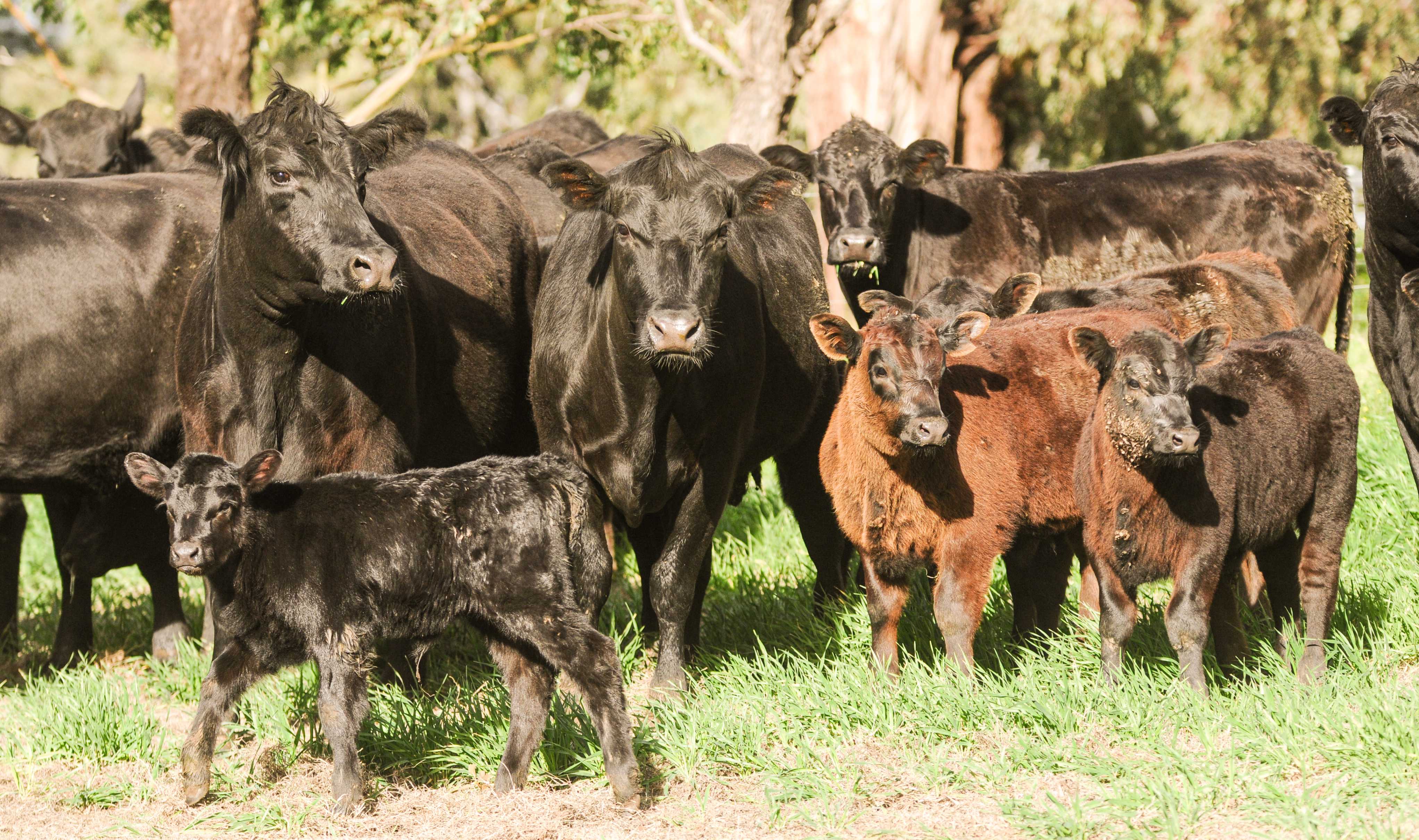The Australian Beef Market in 2025: An Absolute Cracker
In this column in July, the StoneX H2 2025 Australian Cattle & Beef Market Outlook’s bold calls were analysed and assessed for what the final 6...

The Australian Bureau of Statistics have released their livestock slaughter and meat production volumes for the third quarter of 2023 and with this updated information we can measure the female slaughter ratio for cattle to see how the herd cycle is faring – as in, are we still in rebuild phase or liquidation phase?
 Historically, an annual FSR above 47% implies that we are liquidating the herd and an FSR under 47% is the herd in rebuild mode.
Historically, an annual FSR above 47% implies that we are liquidating the herd and an FSR under 47% is the herd in rebuild mode.
The quarterly measure of FSR came in at 49% for September (Q3 2023), up from the June quarter’s 48% calculation.
This brings the annual average FSR to 46.7% for 2023, just 0.3% away from signalling a herd liquidation phase has begun.
A comparison of the annual herd change to the FSR shows that Meat & Livestock Australia has been forecasting a 4% increase to the herd over 2023.

However, historically an annual average FSR nearer to 47% would be more consistent with only marginal herd growth (circa 1%, or less).
As the year progresses, if the FSR continues to trend higher, we may see MLA shave off some of the growth projections on the herd for this year.
Additionally, the recent release from the Australian Lot Feeders' Association of feedlot turnoff for the September quarter 2023 allows us to measure how many grain-fed cattle are being turned off this year as a percentage of total turnoff.
The September quarter saw grain-fed turnoff ease, and this has seen grain-fed ratio slip from an annual average of 46.9% in 2022 to 38.0% so far this year, which is the lowest it has been since 2019.

In terms of cattle numbers (up to September quarter 2023), we have seen a total of 5.18 million head of cattle processed, of which 1.97 million head were turned off from the feedlot sector and 3.21 million head of grass finished cattle slaughtered.
This article was re-published with permission from Episode3.
.jpg)
In this column in July, the StoneX H2 2025 Australian Cattle & Beef Market Outlook’s bold calls were analysed and assessed for what the final 6...
.png)
Each December we save the last article of the year for a bit of a crystal ball gaze, as we try to bring together market fundamentals and work out...
.png)
Australia’s wool market posted another strong performance this week, with all micron categories attracting solid support across the three selling...